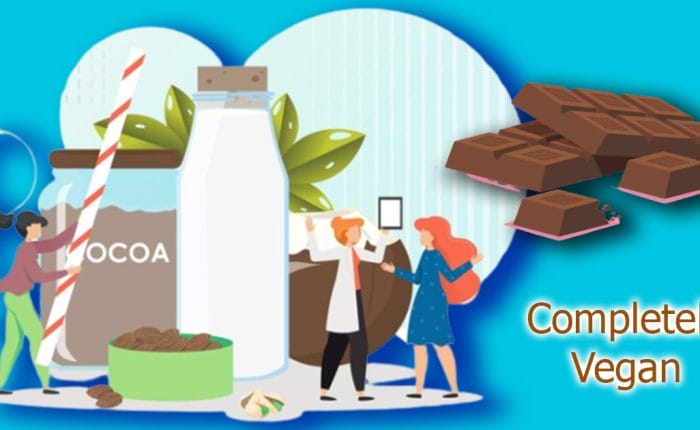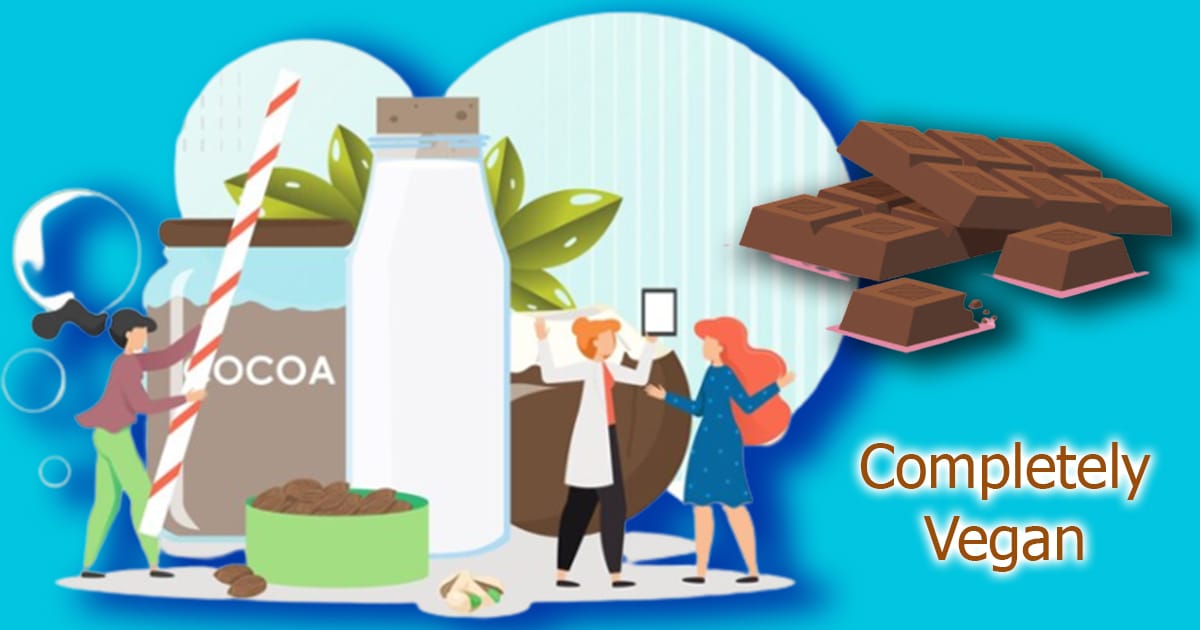In daily commute, people are bound to face challenges like costlier fuel, traffic jams, air pollution, and many more. India, a country with the third-largest road network in the world, recorded around 295.8 million total vehicles operating in the country in 2019. The number is continuously increasing, as the vehicle sales figure was around 18.6 million units in 2020-21.
Presently, a surge in fuel prices and air pollution has worsened the commuting experience. And to overcome such issues, Ola, one of the largest ride-hailing companies in the world, has come up with a solution by launching their electric scooter ‘S-1’. Their ‘Mission: Electric’ is to bring sustainable technologies cost-effective and support in a pollution-free and clean environment.
About OLA Electric
Starting in 2010, OLA offered an affordable yet convenient commute option to people, through which they can book a wide range of vehicles across bikes, auto-rickshaws, and cabs via their mobile phone application. The idea became a hit among consumers and made taxi rides fun along with a ton of facilities and job opportunities for many.
With OLA ‘S-1’, the company has entered into a new age of commuting. Their primary target is tier-1 and small cities, where the people have a lot to cover in their day-to-day commute, to make their ride- hustle-free and plush.
OLA Electric Scooter Targets Which Consumer Segments
Ola electric scooter has attracted all segments of consumers and has different solutions to cater to different consumer segments:
Small cities
OLA’s lowest iteration, ‘The S-1’ model, is meant for those who look for an affordable option for accomplishing their daily commute tasks without worrying about fuel price. This consumer segment is only concerned about the commitment to delivery and product output to make their life easy.
Tier-1 cities
With S-1 pro, OLA targets the audience who seeks a premium product in terms of performance and features like voice assistant, cruise control, high torque, and much more. This segment wants to enjoy the product; on a whole different level.
Specifics of OLA Electric

OLA Electric has launched its base model worth 99999rs, also they offer a lot of facilities to support their product in the long run like
Digital key features
With its digital key feature, Ola S1 can sense when you are near it and unlocks automatically, and even lock itself when you move away.
Advanced technology
The scooter has a multi-microphone array, in-house-built AI speech recognition algorithms, and the sharpest and brightest 7-inch touchscreen display.
Different driving modes
The three driving modes, Normal, Sport, and Hyper, of Ola S1, personalize your ride.
Customized vehicle sound
The four moods, Bolt, Care, Vintage, and Wonder, offer a customized vehicle sound experience to match your different day moods.
Enhanced Safety features
Ola S1 brings enhanced safety features such as an anti-theft alert system, geo-fencing, and flame retardant, water & dust resistant battery.
Benefits of OLA Electric for Consumers

When it comes to pros, the OLA electric scooter has a lot to offer to all consumers like:
A Better fuel efficiency
The Ola scooter offers a better class of mileage compared to other vehicles. It claims to cover 181km in just one shot of charge.
Features one can’t ignore
Being an electrically driven vehicle: its meter display inherits multiple functionalities like navigation, voice control, scooter tracking, etc.
Easy Servicing and charging process
One can schedule the servicing process from the mobile application itself, and standalone charging points installed across malls, IT parks, etc., help keep the battery running issue at bay.
Environment friendly
Since the product has gone ‘green’: it is about to play a very crucial role in reducing air pollution to a large extent.
Future Plans of OLA and of Electric Vehicles

Ola Electric is getting a remarkable response and love from its first end users. Therefore, the company has recently expanded the customer test rides for its electric scooters across the country.
The company has further plans, to produce ten million electric scooters annually by 2022 with future plans to introduce electric cars by 2023. Their long-term vision also includes electric drones and even electric flying cars as a part of the project.










